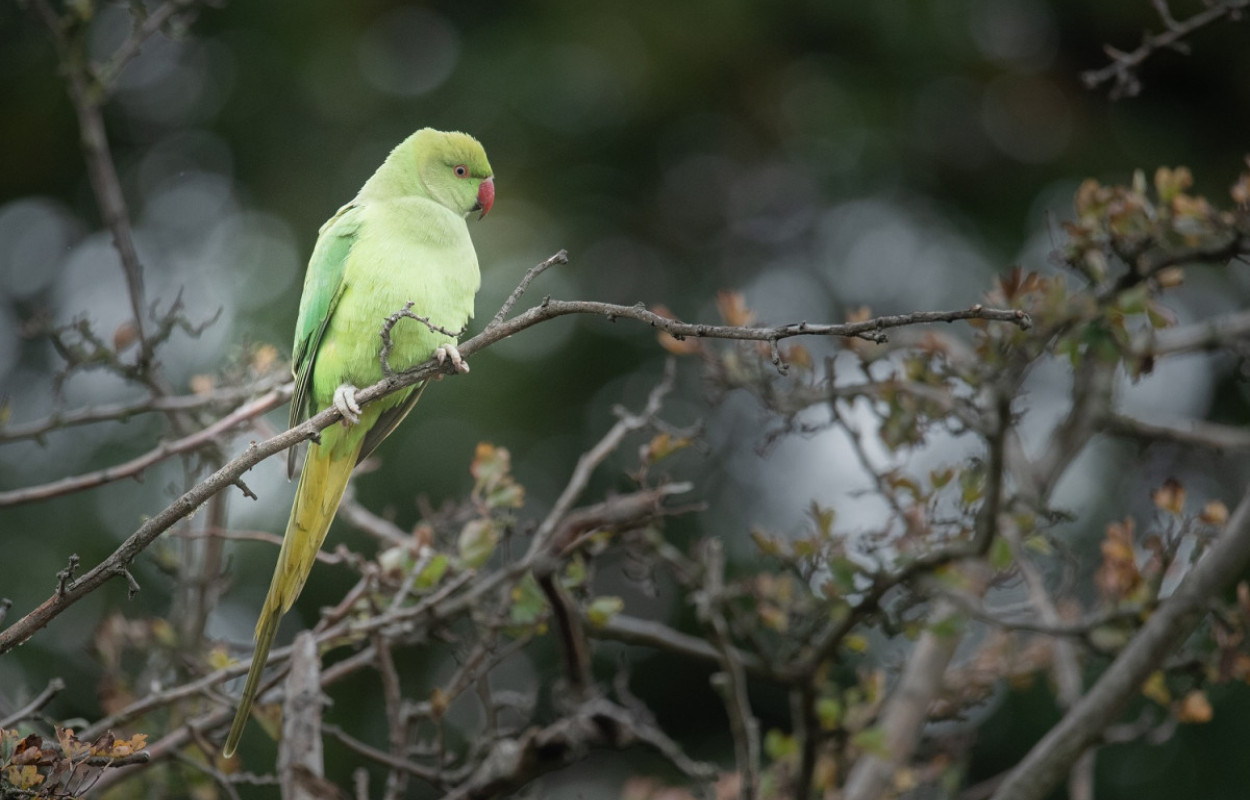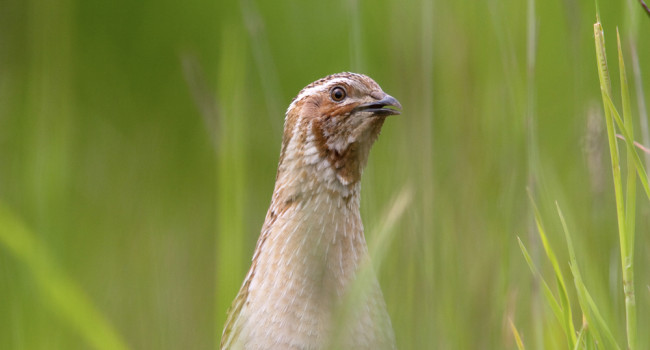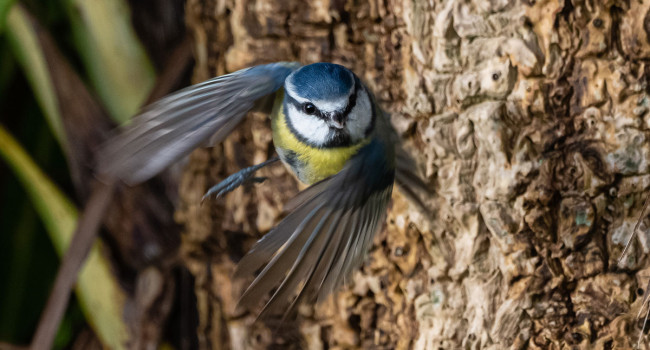The potential for analyses of monitoring scheme data to inform about the impacts of invasive on native species

Author(s): Pringle, H. & Siriwardena, G.
Published: April 2022 Pages: 20pp
Journal: Biological Invasions
Digital Identifier No. (DOI): 10.1007/s10530-022-02785-8
Abstract
Long-term citizen science monitoring schemes are designed to detect species’ range, status and population trends, and are already used to track the arrival and spread of invasive species. However, they could also be a valuable source of data for researchers looking to assess the impact that established invasive species have on native species.
The impact of an invasive species could be revealed through three types of relationships with native species: a status-status comparison, in which the native species is rarer where the invasive species occurs or is more common; a status-change comparison, in which the native species sufferers more declines were the invasive species occurs or is more common; or a change-change comparison, in which more negative population effects are observed in the native species when more positive effects are observed in the invasive.
In this study, the researchers evaluated the possible uses of citizen science data for detecting these ecological impacts of invasive species on native species. Using data from the BTO/JNCC/RSPB Breeding Bird Survey (BBS) and the National Bat Monitoring Programme (NBMP) the researchers conducted four case studies employing different methods of data processing - for example, summarising data over different spatial and temporal scales depending on the taxa recorded.
For each case study, the researchers identified the association between invasive presence or abundance and native species’ responses, and assessed the strengths and limitations of the datasets used. For example, the first study used BBS data covering the same time period and spatial scale, collected using BBS methodology. This made the analysis more robust than that in the final case study, which used data from BBS and the NBMP. As the data had been collected in different surveys, there was less spatial and temporal overlap and the resolution of the BBS data analysis was limited by the survey methodology of the NBMP.
The researchers concluded that data from existing national biodiversity monitoring schemes could be used to assess the impact of invasive species on native ecology, but several limitations do exist in these datasets. Firstly, invasive effects need to be identified rapidly after arrival when the species is still rare or localised, but national-scale monitoring is not likely to collect enough high-resolution data at this early stage to inform eradication programmes. Secondly, abundance data for many groups of interest are lacking, as schemes have focussed on recording simple presence/absence data. Thirdly, many schemes collect data on taxa other than those originally targeted; for example, while BBS has all the advantages that come from a structured, standardised survey, it was not designed specifically for recording mammals and therefore may report more ‘false absences’ than a specialist mammal survey due to differences in mammal and bird detectability.
In order to enhance analysis options, the researchers suggest combining the data quality of structured surveys (such as BBS) with the data quantity of unstructured schemes (such as opportunistic recording), and encouraging counts of individuals (or cover measures for plants)rather than simple presence/absence data.
Notes
The authors thank all the volunteers who have participated in BBS and BCT, and the survey organisers. BBS is funded by a partnership of BTO, JNCC and RSPB. The authors also thank Philip Briggs and Becky Wilson for providing BCT data and advice, and Niki Newton and Niall Moore for comments on earlier drafts. The authors are grateful to an anonymous reviewer and Guillaume Latombe for their helpful comments and feedback.







Share this page